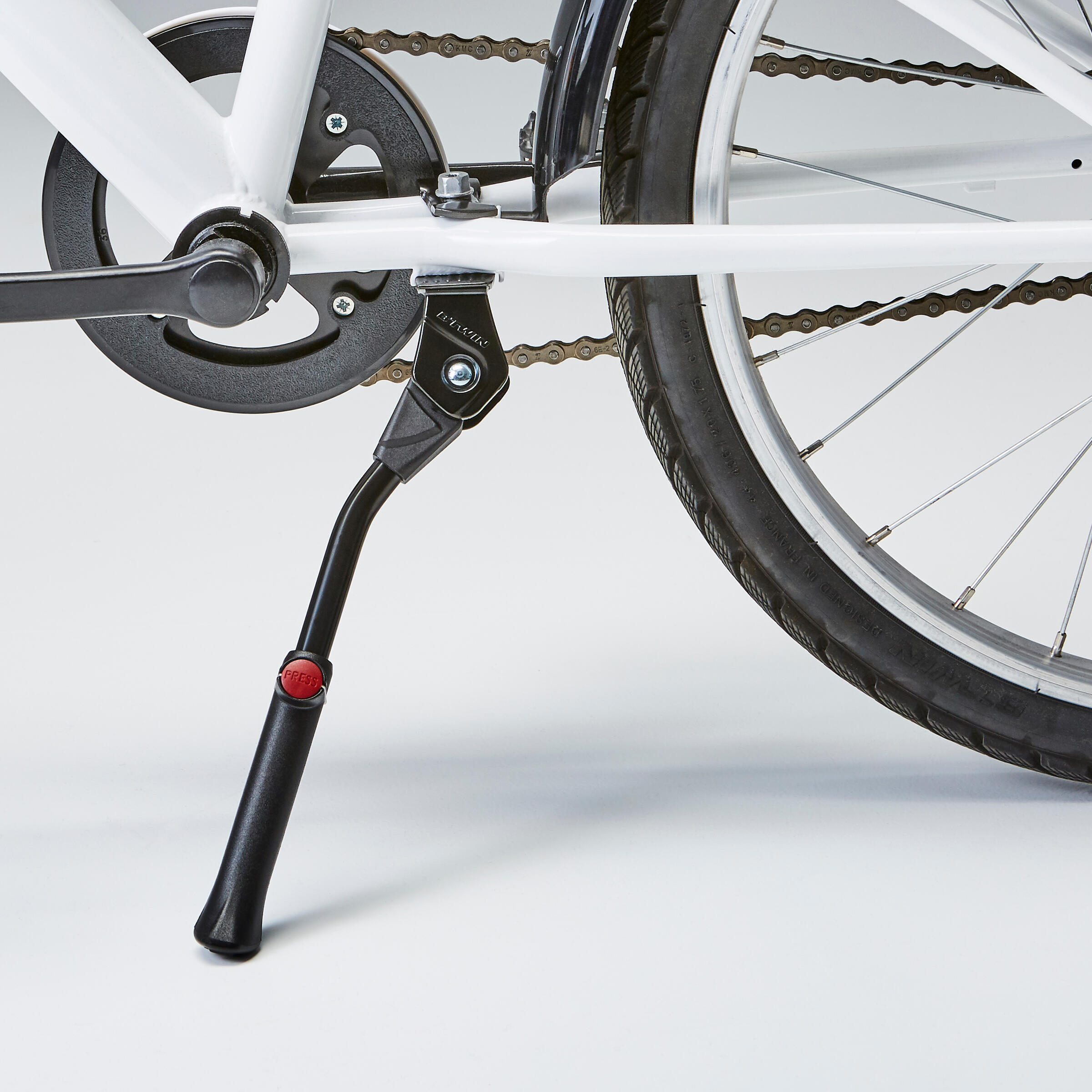Assembling this children's mountain bike
So you've bought a children's mountain bike online?
In response to these challenging times, our teams are doing all they can to ensure your purchases reach you as quickly as possible. That means we've had to ship your bike without it being fully assembled. This video will show you how to put it together at home. Follow the guide!








